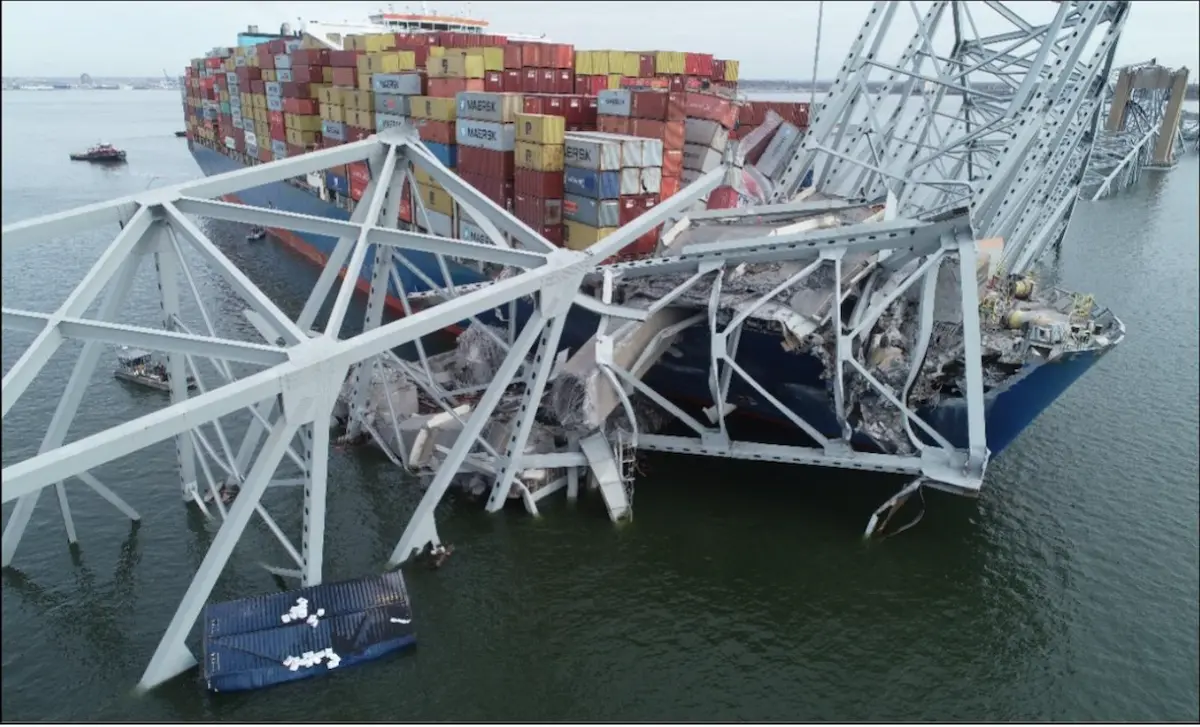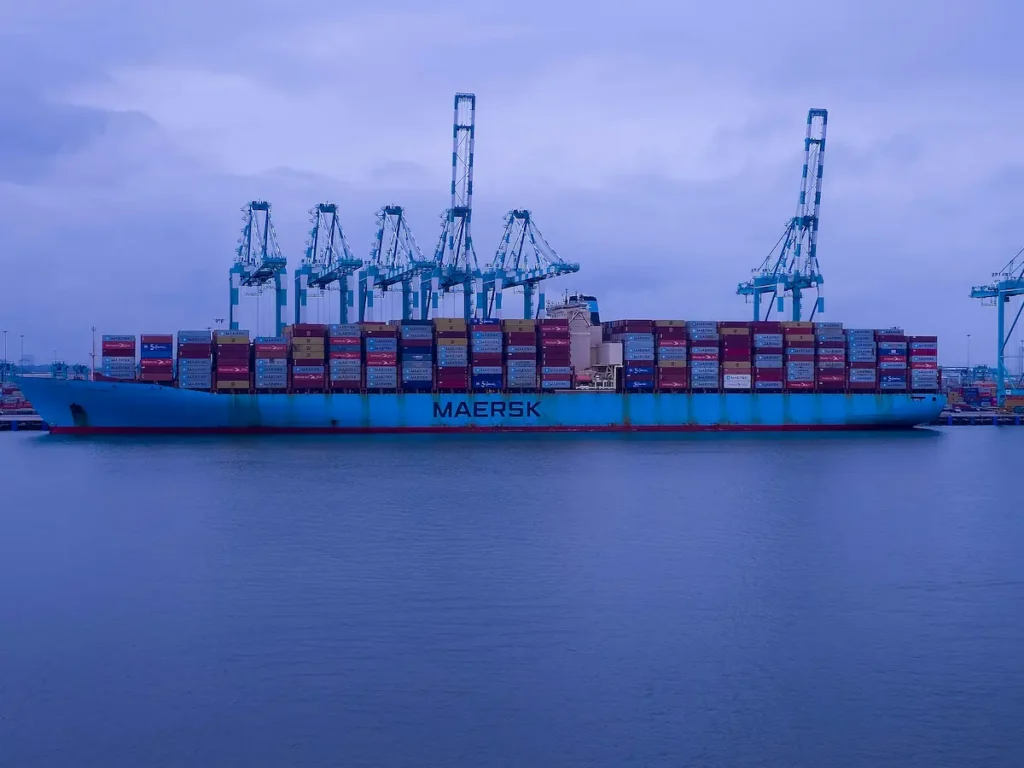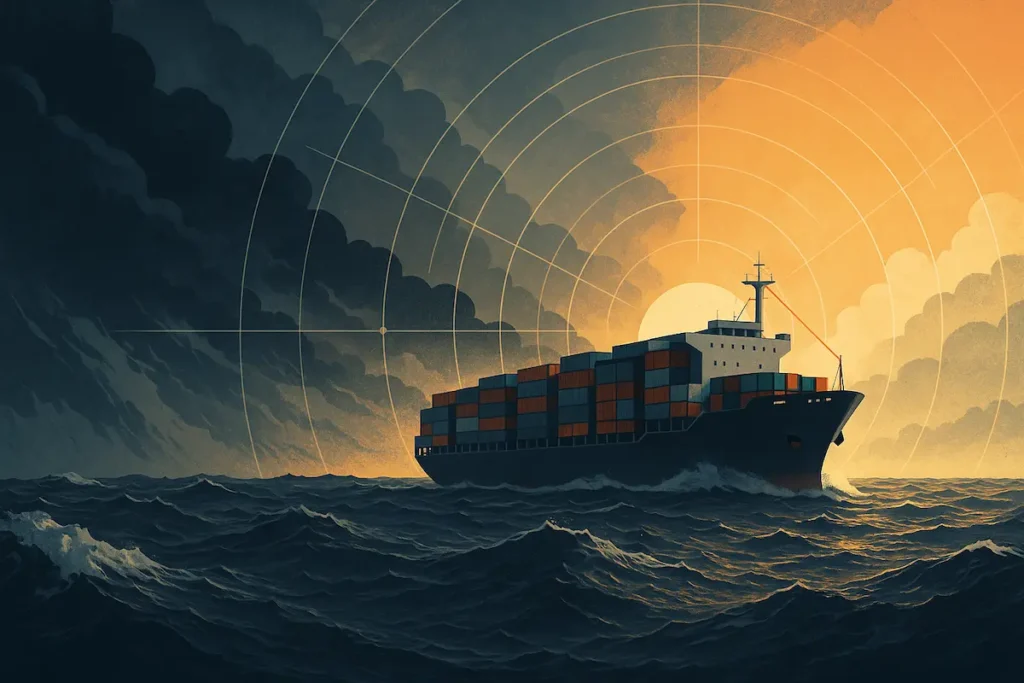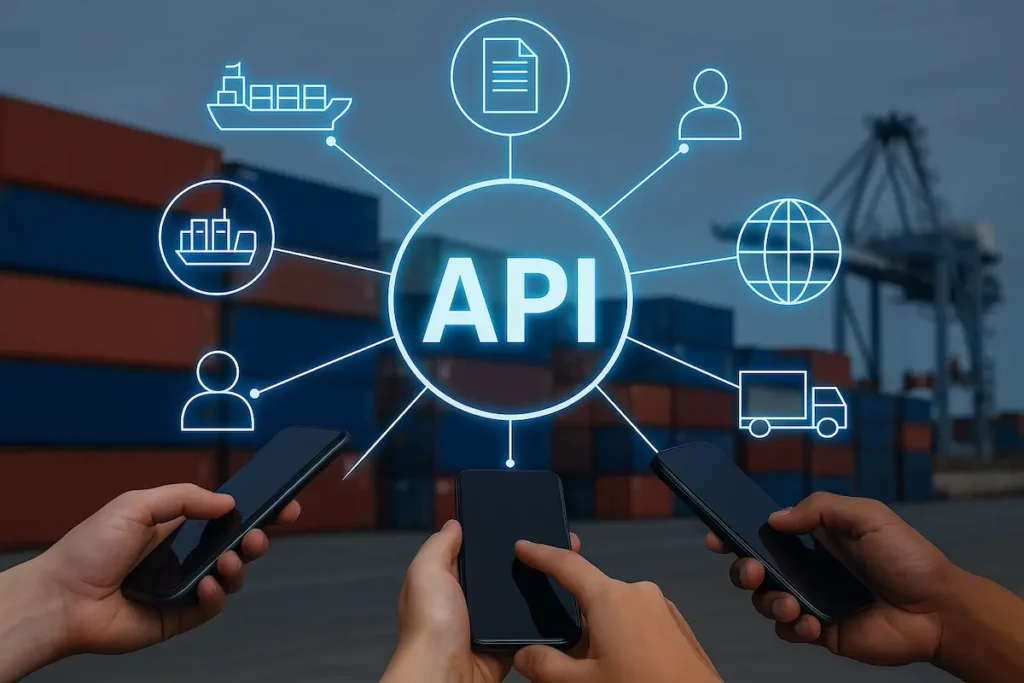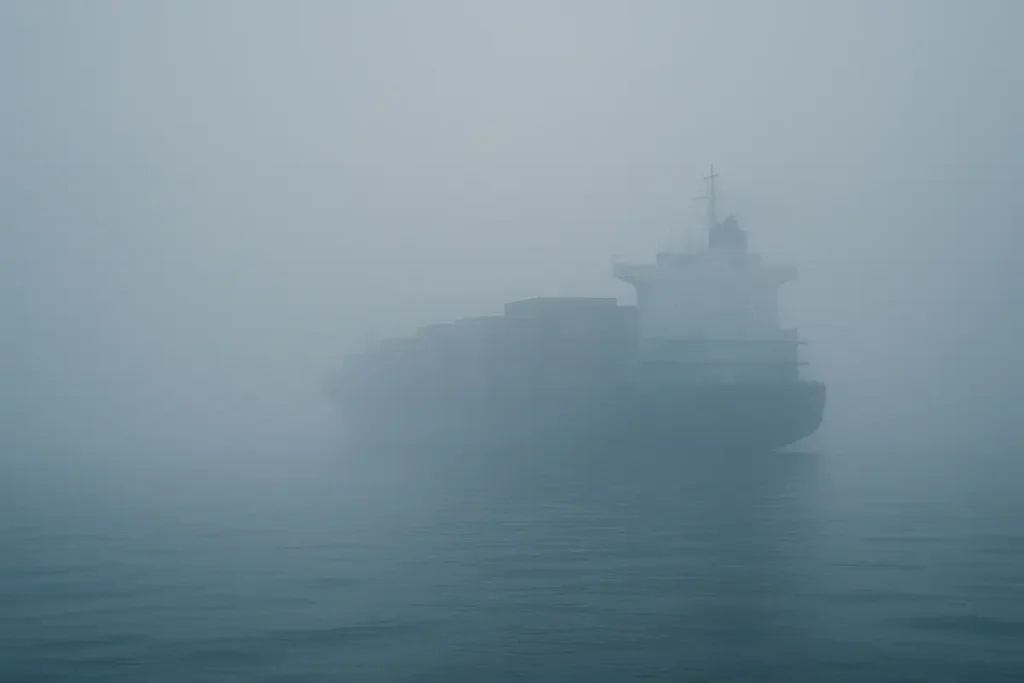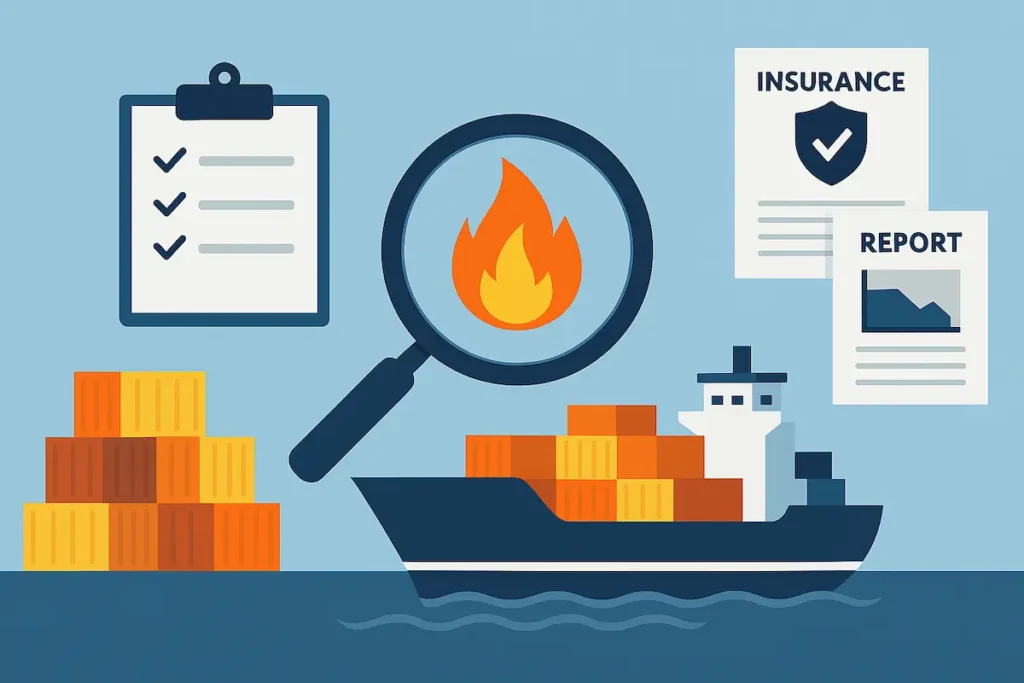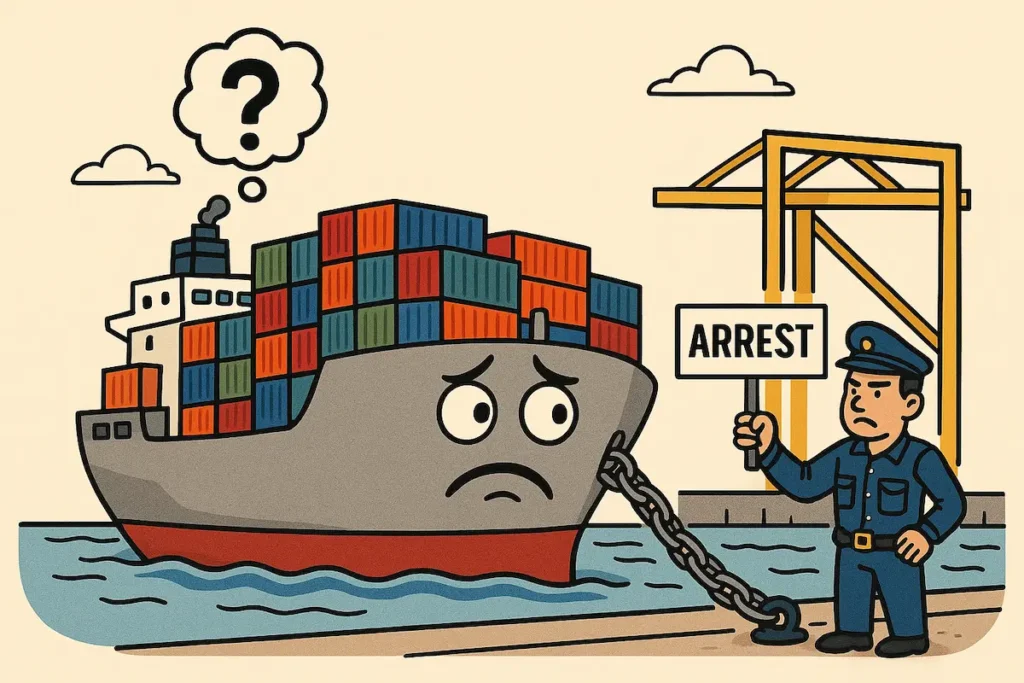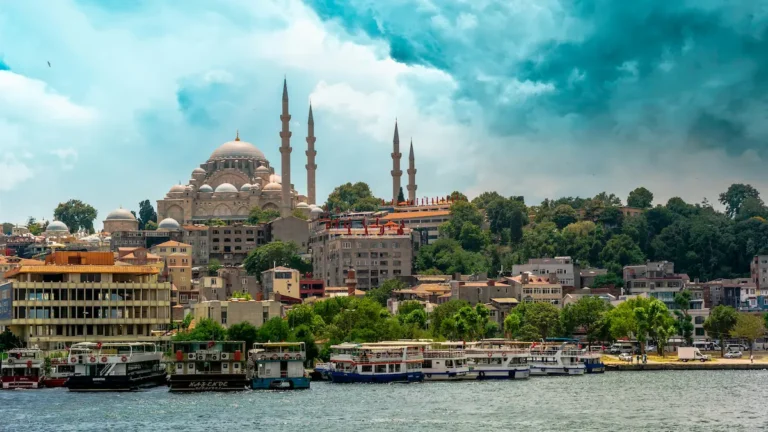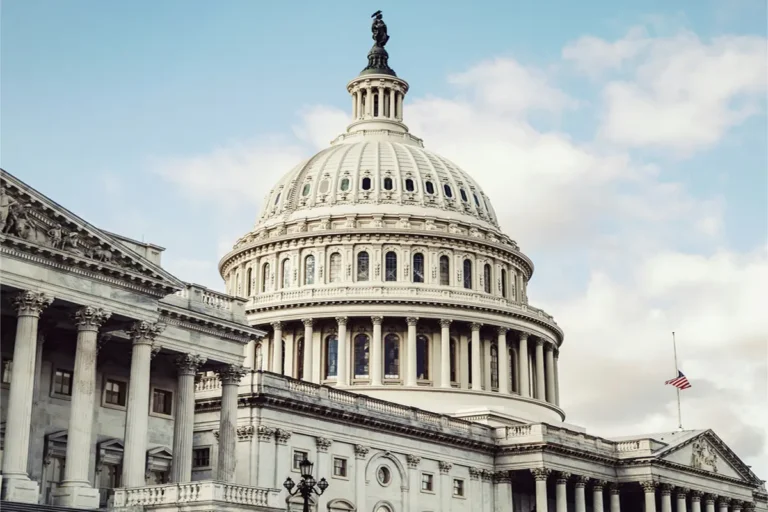It was a quiet March morning in 2024 when tragedy struck Baltimore’s Francis Scott Key Bridge. The container ship Dali, flagged under Singapore, lost power and veered off course — slamming into the structure with devastating force.
Within seconds, the iconic bridge crumpled into the Patapsco River, claiming the lives of six construction workers and sending shockwaves through the transport and logistics world.
Almost a year later, the U.S. National Transportation Safety Board (NTSB) has released a sobering report. And the findings are clear — this catastrophe wasn’t just a freak accident. It was a disaster waiting to happen.
The unacceptable risk — 30 times higher than safety norms
According to the NTSB’s investigation, the Francis Scott Key Bridge was operating under risk levels nearly 30 times higher than what is considered acceptable for essential infrastructure vulnerable to vessel strikes. That’s not a typo. Thirty times.
The collision from the 9,962-TEU Dali was forceful, but in a world of modern port infrastructure, such an impact should not have triggered full structural failure. Yet, the safety systems originally installed during the bridge’s construction in had long since fallen behind evolving engineering standards.
The defences — rebuilt after a 1980 collision with the much smaller Blue Nagoya — were simply not designed to withstand today’s massive container ships.
Maryland’s missed opportunity to act
The NTSB’s report points a firm finger at the Maryland Transportation Authority (MDTA) for failing to proactively assess the bridge’s vulnerability.
Although it wasn’t legally required under older federal guidelines, modern-day risk management and engineering principles have clearly indicated for years that such assessments should be carried out — especially on bridges spanning waterways used by increasingly large ocean-going vessels.
Routine inspections in 2021 and 2023 noted that the bridge was in “satisfactory” condition and that protective systems appeared to be working. But these evaluations were focused on wear and tear — not on the growing risk of vessel impacts.
Had a formal vulnerability assessment been conducted, it would have likely raised red flags — and perhaps triggered actions to retrofit the bridge or upgrade its protective structures.
As the NTSB put it plainly in its 26-page report “Had a vulnerability assessment been completed, the state would have had information to proactively reduce the bridge’s risk of a collapse and loss of lives associated with a vessel collision.”
Ripple effects and legal fallout
The bridge collapse has set in motion a complex web of legal, financial, and operational consequences.
The ship’s owner, Grace Ocean, and its manager, Synergy Marine, have petitioned a U.S. court to cap their liability at $44 million — a figure Baltimore officials say falls woefully short.
With total damage estimates ranging from $1.5 billion to $4 billion, the gap is staggering.
Meanwhile, the city’s port operations, regional road networks, and countless logistics operations have been severely disrupted. For freight companies relying on seamless road-to-sea intermodal connections in Baltimore, this incident has created a significant logistical bottleneck.
Dozens more bridges at risk
Possibly the most chilling revelation in the NTSB’s report is that the Francis Scott Key Bridge is not alone. Investigators identified 68 other bridges across the United States that cross major shipping lanes and have not undergone recent vulnerability assessments.
In most of these cases, the agencies that own or operate the bridges are unaware of the potential risks posed by today’s supersized vessels.
This calls for urgent, national-level action. The U.S. infrastructure system — especially when it interfaces with global shipping and freight operations — must evolve to match the scale and complexity of modern maritime logistics.
Where to from here?
This tragedy powerfully reminds the shipping and freight industry of a truth they know all too well—risk doesn’t wait for permission to strike. The tools, knowledge, and engineering standards exist to safeguard critical infrastructure.
What’s needed now is the will and urgency to apply them before the next ship, the next bridge, or the next community faces a similar fate.
As the maritime world continues to grow in scale and complexity, infrastructure authorities — not just in the U.S., but globally — must assess whether the systems built for a different era can still hold under modern pressures. It’s not enough to inspect for rust and cracks.
We must look ahead, anticipate vulnerabilities, and plan for the unthinkable — because sometimes, the unthinkable is already on approach.

